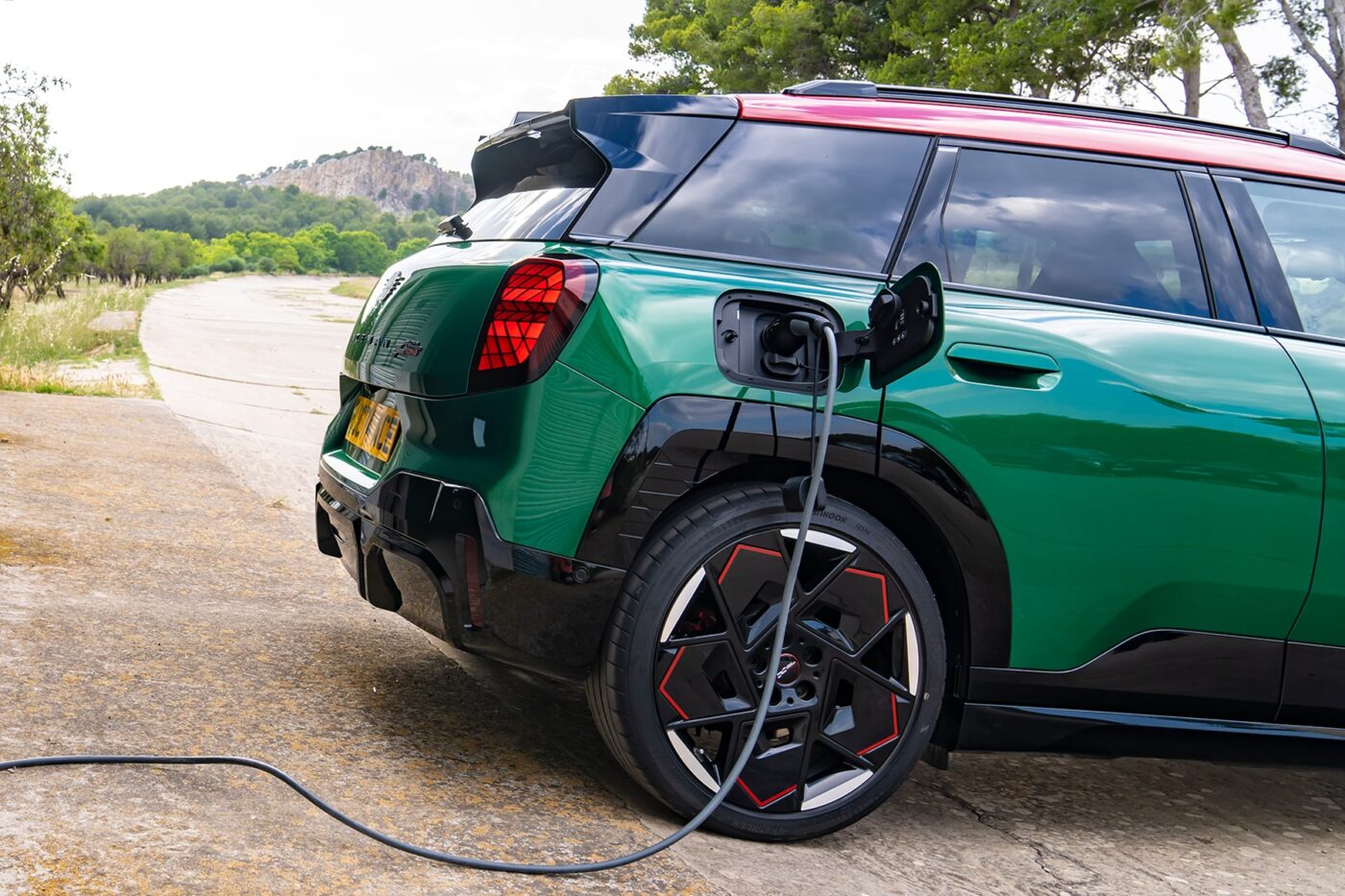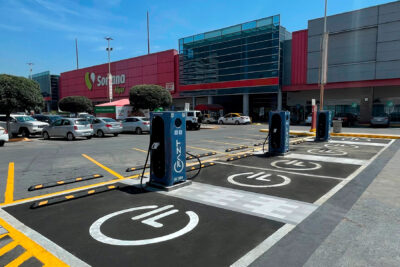UK changes planning applications concerning charging infrastructure
The UK government’s plan is to help upscale infrastructure installations by cutting down on paperwork. Thus, more EV owners with a driveway will find it easier, quicker and cheaper to install a private chargepoint and power up their EVs at home. This will unlock savings of up to £1,100 a year compared to running a petrol or diesel car.
2We’re cutting down on paperwork to power up the EV revolution so that drivers, businesses and those looking to make the switch will have more chargepoints to power from and less red tape to deal with,” explained Minister Greenwood. “We continue to make the switch to EVs easier, cheaper and better by investing over £2.3 billion to support drivers and back British carmakers through international trade deals – creating jobs, boosting investment and securing our future as part of our Plan for Change.”
Following an estimated 18,000 sockets, which the government helped install in workplace carparks in the last year alone, the UK is now aiming to further accelerate construction. Currently, the UK subsidy scheme allows people renting or owning a flat and those with on-street parking to receive up to £350 off the cost of installing a home charger.
“Removing the need for planning permission for essential electrical infrastructure like substations across the majority of sites will save months of delays, reduce costs and accelerate the delivery of the rapid charging hubs drivers need,” added Lewis Gardiner, Operations Director at Osprey Charging Network, further explaining: “It’s the result of months of collaboration between industry and government and we’re proud to have played a key role in making it happen.”





0 Comments